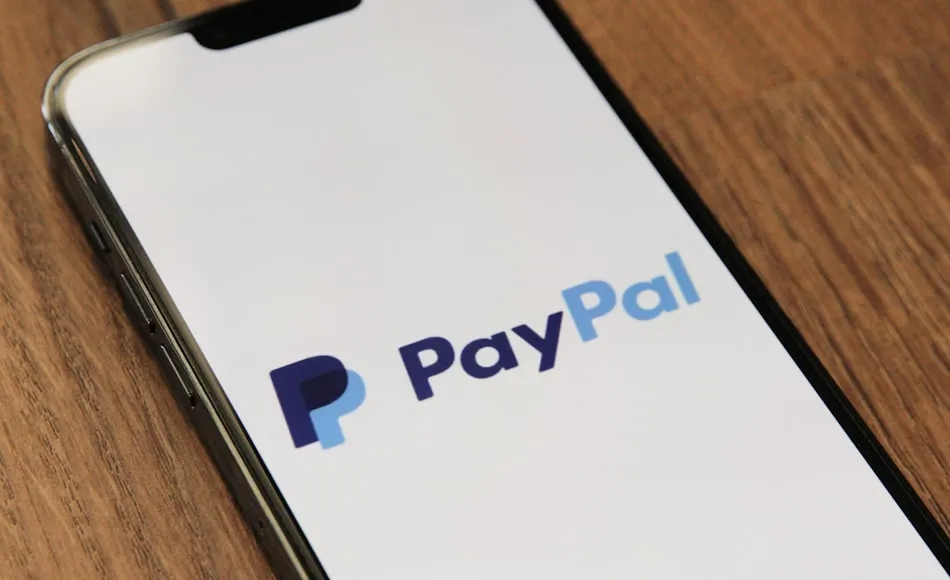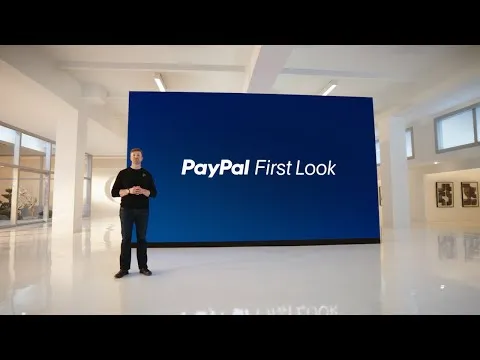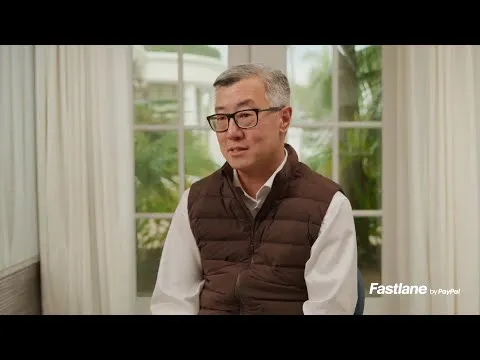If you've been watching PayPal recently, you may have seen what can best be described as turbulence. This former Silicon Valley darling has seen its stock price collapse by 80% from a pandemic high. It is not just the stock price that has been plummeting; it also has PayPal's share of online payments. As new CEO Alex Chriss takes center stage, there is an expectation for PayPal to be able to stage a comeback, or perhaps its best days are simply behind it.

The travails of PayPal were quite surprising for me to hear about. This is certainly a company with some heritage, featuring in its roster of founders Elon Musk and Peter Thiel. Pedigree aside, this firm, with 220 million active monthly users, seems to be gasping to become relevant in a fast-changing market.
Chriss, PayPal's current CEO, had some success stories at Intuit but had his work cut out for him after accepting the job at PayPal. One of Chriss's early moves was to host an "Innovation Day" conference, which he said would blow the world away. It fell on its face, and investors mocked it. A recitation of recaps probably bored Wall Street. It was a wake-up call for Chriss, who needs to get moving and prove himself soon.
Indeed, in the face of such adversities, PayPal is not a sinking ship. This business continues to be profitable, with a net income of over $4 billion recorded in 2023. But a considerable portion of the profit derived from its old, reliable PayPal button—the same button most people clicked thousands of times to buy anything from eBay tchotchkes to Target diapers, which has not fundamentally changed in all these years. It's a textbook case of a "payments 1.0" product, which doesn't cut much ice in today's tempo-driven world of FinTech.

Finally, the most significant challenge facing PayPal is the modernization and integration of its disjointed payment systems. The process of integration to operate under a single payment platform has taken eight years, slowing innovation and making it difficult to compete with more agile competitors like Apple Pay and Shopify's Shop Pay. Speaking of competitors, Apple Pay might well be found eating PayPal's lunch. Conveniently integrated with iPhones, Apple Pay's share of the global eCommerce market has been growing fast, contrasting with PayPal's diminishing share.
Innovation needs to be a big priority for PayPal. The next hope is pinned on a new product, Fastlane, which is supposed to speed up the check-in process for guests. Preliminary data shows that with Fastlane, cart abandonment can potentially be lowered, but most likely not at the highest profit point. Chriss has hinted that they might start by underpricing Fastlane to get adoption, but there isn't much to suggest whether it can pay off in the long run.
What is the clear challenge for Chriss?
He needs to show that PayPal can still lead in fintech. Optimists among analysts believe the company will stabilize and grow its profits over the coming year, while others are more cautious about the stiff competition and the company's recent missteps.
I want this for PayPal. However, one has to wonder whether that comeback plan might be just too far in the future for investors to wait. Chriss has a long road ahead, but only time will tell if his strategies will be enough to revive PayPal's fortunes. All eyes rest on him now, wanting his hand to turn around this fintech giant.

